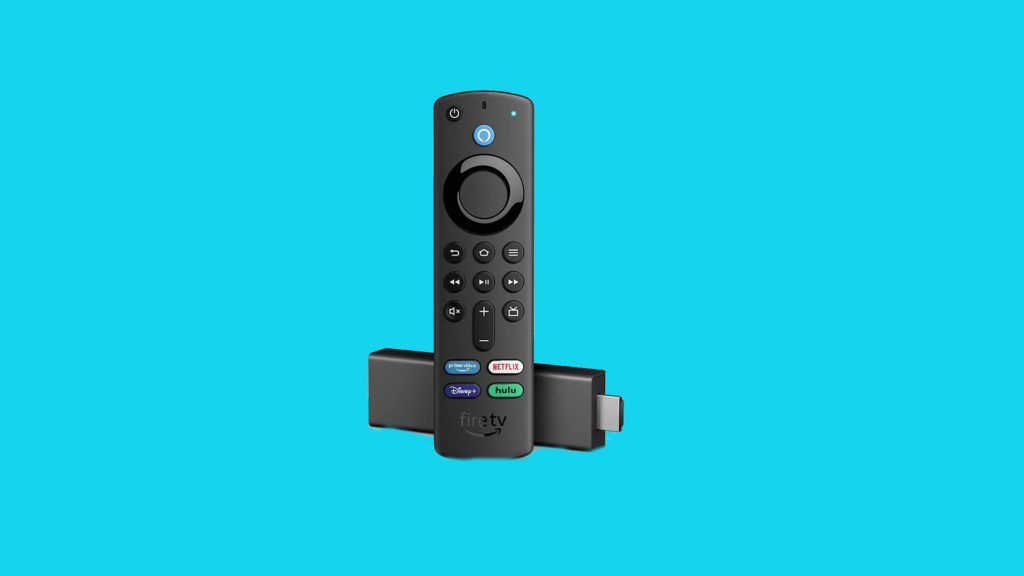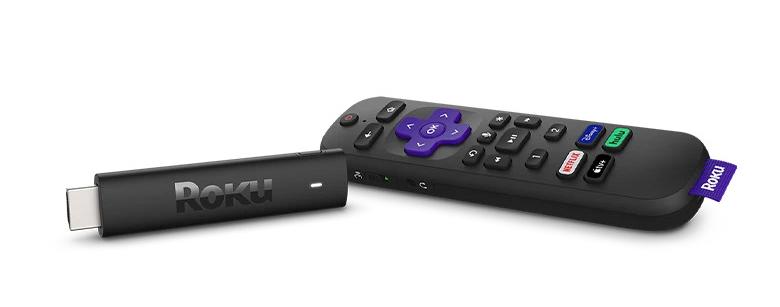When it comes to hardware and value for money, it’s a question of preference. Both companies have streaming players and even Smart TVs for all pocket sizes. From the Roku camp, the streaming stick with the most maxed out specs is the Roku Streaming Stick 4K+ released in 2021. This stick plugs straight to your Smart TV’s HDMI port without need of an additional HDMI cable. So it’s very compact but powerful. So you can travel with it in your backpack and use it in a hotel room, doom room or at a friend’s place and still access all your streaming services. The same goes for the recently released Fire TV Stick 4K Max. So, if we are scoring for compactness and portability, the Roku Streaming Stick 4K+ and Fire TV Stick 4K Max tie. Now when it comes to audio and picture quality, still both streaming players go head to head. A number of streaming players now support 4K HDR content including Disney+, Prime Video, HBO Max, Apple TV+, Netflix, Sling, and Hulu. Both are 4K streaming players supporting various HDR standards; Dolby Vision, HDR10/10+ and HLG up to 60fp. So you get the most vivid picture with either player. Keep in mind though that your Smart TV must support 4K Ultra HD and the respective HDR standards. But when it comes to audio, the Fire Stick 4K Max edges against the Roku with Dolby Atmos support. The Roku supports Digital stereo and DTS Digital Surround passthrough over HDMI. A combination of Dolby Vision and Atmos which are considered the gold standards in visual and audio picture quality gives the Fire TV Stick 4K Max a considerable advantage. When it comes to wireless connectivity, again the Fire TV Stick 4K Max gets the upper hand. With WiFi 6 support, the latest generation, the 4K Max edges out against Roku’s Stick 4K+ which supports WiFi 5 instead. WiFi 6 brings faster wireless speeds(upto 9.6 Gbps), less latency by handling large amounts of network traffic more efficiently and better power management. Keep in mind that you’ll need a compatible WiFi 6 router to take full advantage of the benefits of this standard. But with WiFi 5 support, you can’t say that the Roku is in any way inferior. It supports what Roku calls “Long-range Wifi” which includes a long-range wireless receiver that gives you a stronger signal for smooth streaming even in rooms farther from your router. Both lack wired Ethernet options though. You will have to purchase a separate Ethernet adapter if you wish to connect to a wired network. Still on the wireless connectivity front, Roku players don’t support Bluetooth! I have never understood why Roku has stubbornly refused to include Bluetooth in their products. Bluetooth Audio is pretty much the standard way of listening to music or movies on wireless headphones and True Wireless earbuds and even Soundbars. If you want to quietly watch a movie, you either have to use the Roku mobile smartphone App and pair with your Bluetooth headphones or purchase their premium remotes with private listening. Luckily, the Roku Streaming Stick 4K+ comes with the Roku Voice Remote Pro which includes a 3.5mm headphone jack and offers voice command support. The Fire TV Stick 4K Max on the other hand supports Bluetooth, so you can pair it with headphones/earbuds/speaker/soundbar and of course comes with Alexa smart assistant. That means you can not only control your TV using your voice, but you can also control smart home devices such as smart bulbs, doorbells, cameras, thermostats, coffee maker and so forth while you binge on your favorite shows. A quick side note to Apple fanboys, all Rokus with the latest software version support Airplay 2.0 and Homekit which the Fire TV doesn’t. That means you can easily stream or cast content such as Apple Music or Apple TV+ movies and shows from your iPhone or iPad to the big screen.



